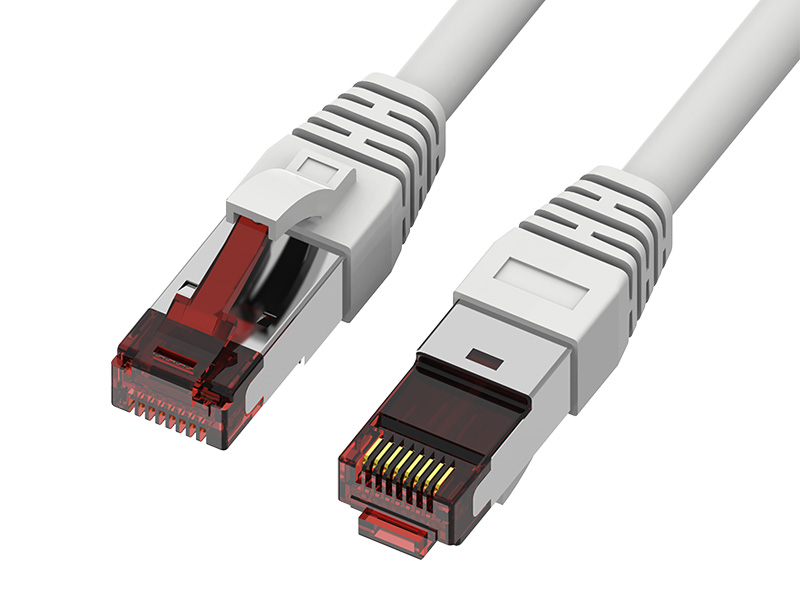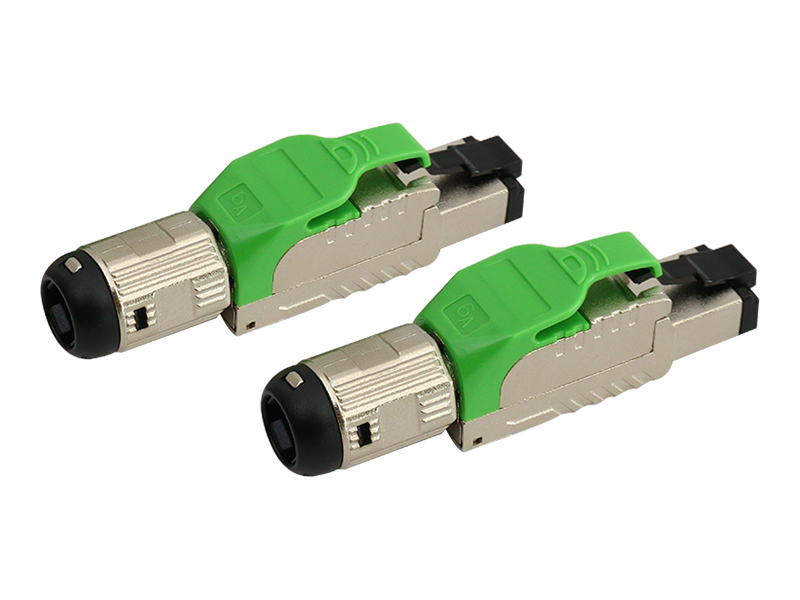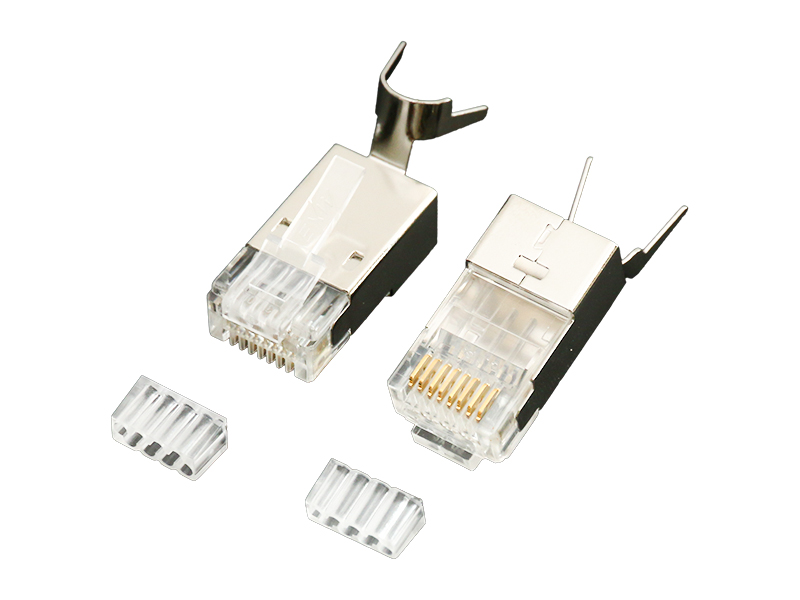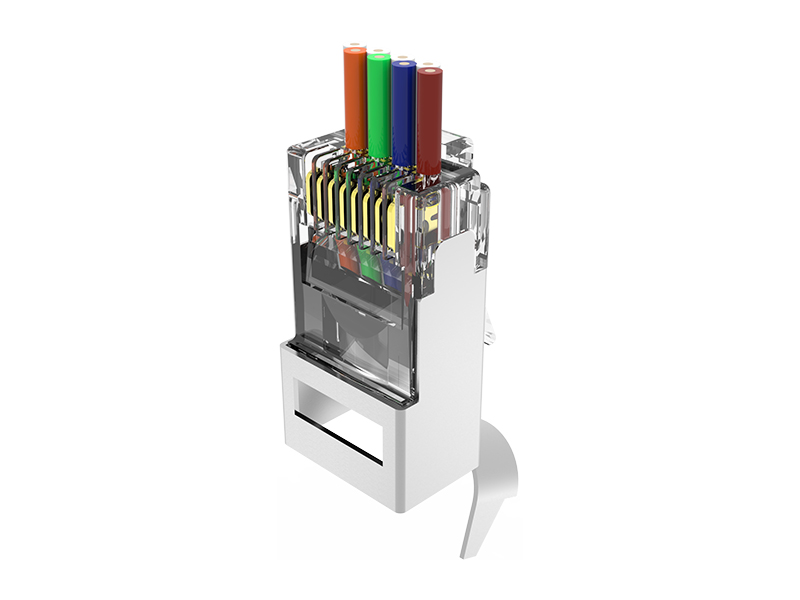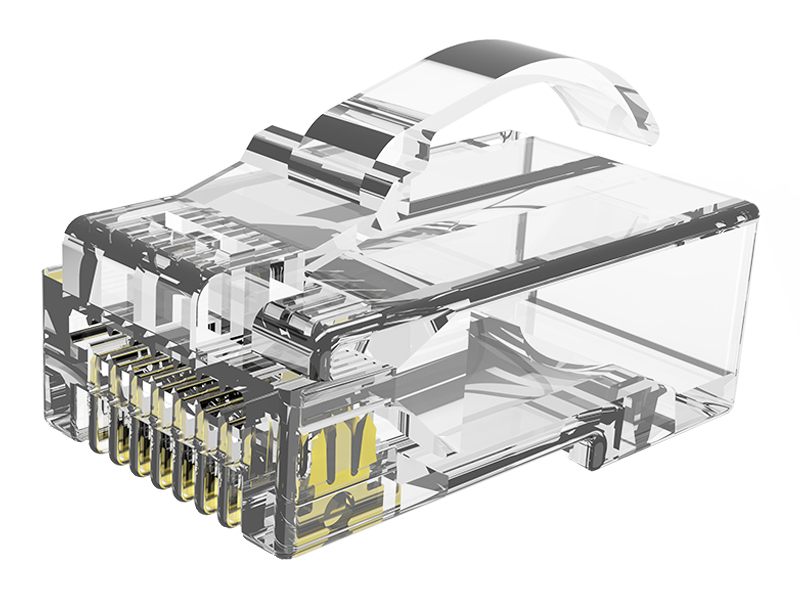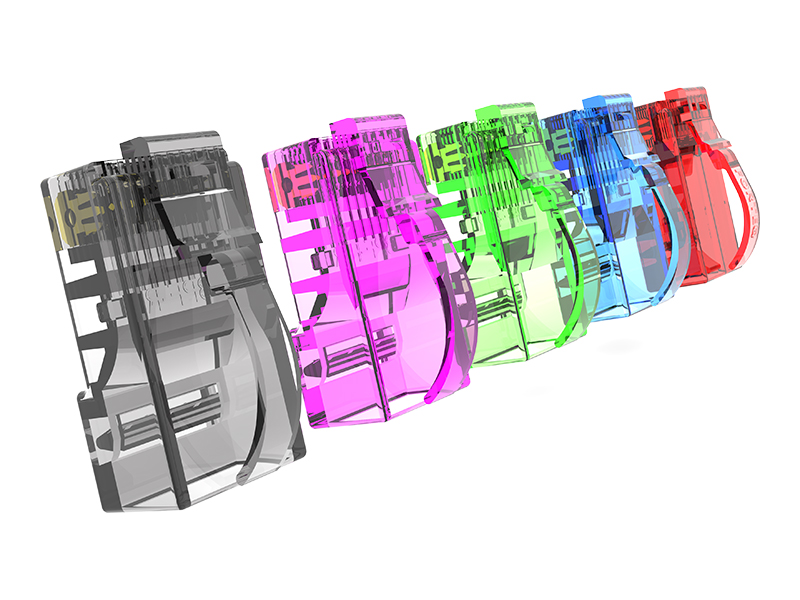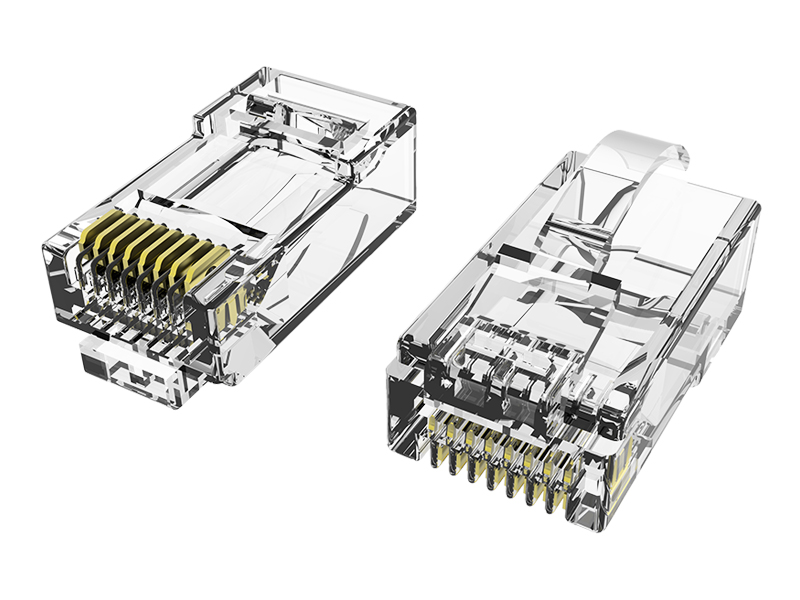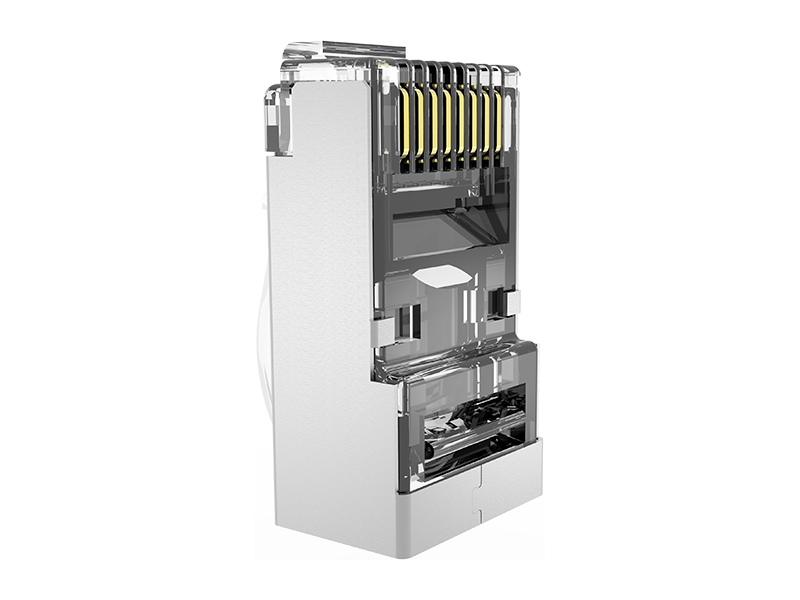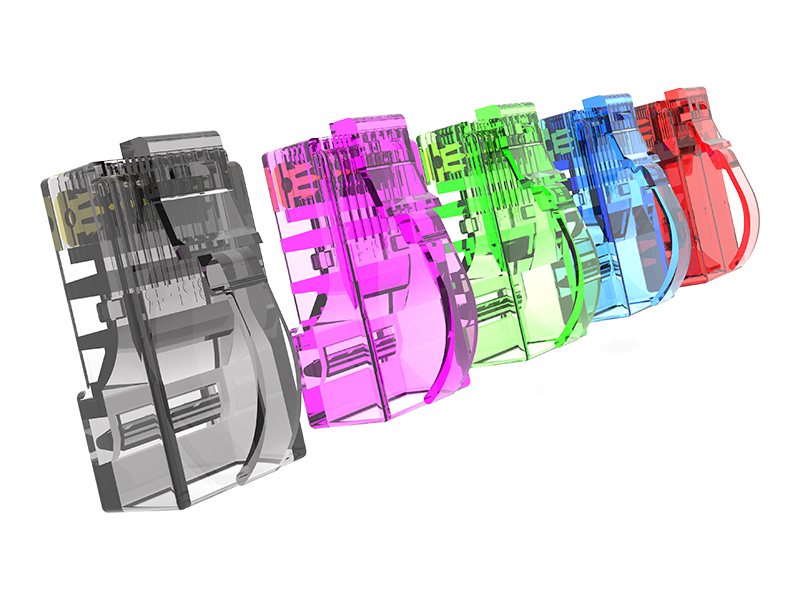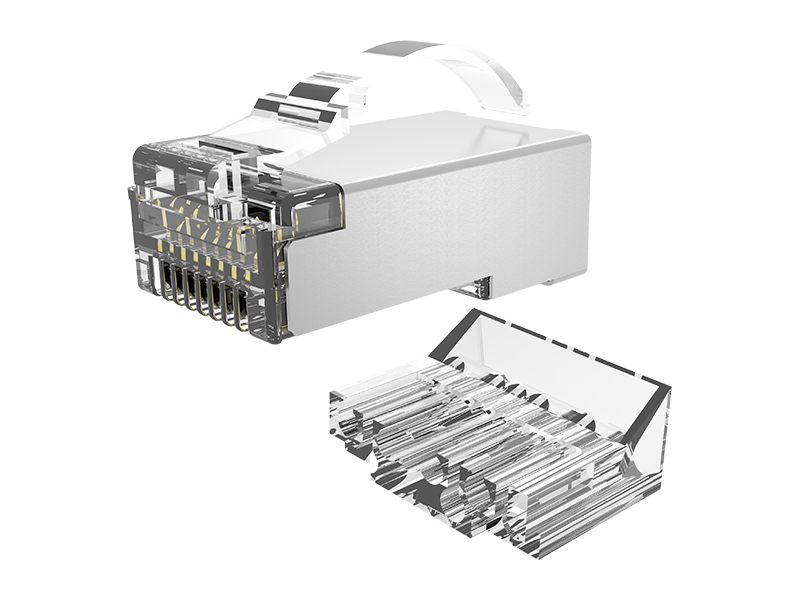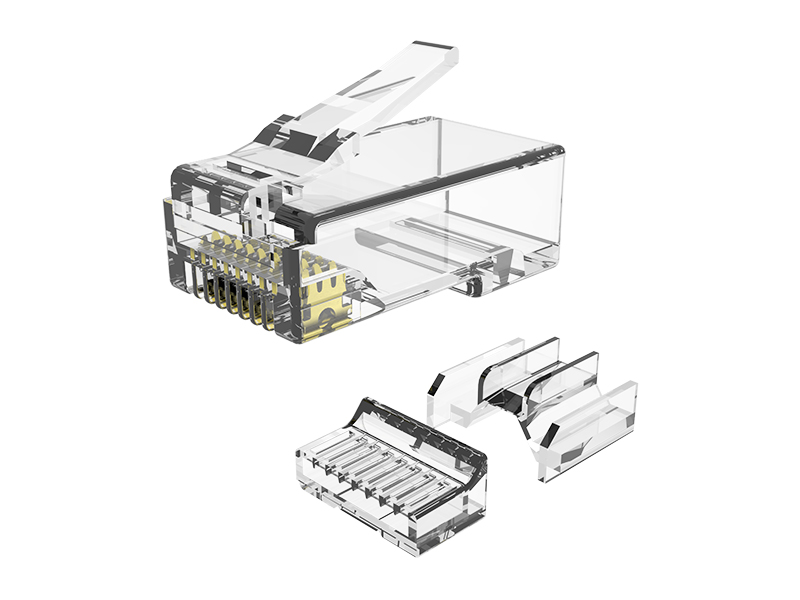Cable assemblies are an integral part of modern technology that enable the transfer of electrical signals and power between various devices. They consist of multiple cables or wires that are tied together into a single unit, and are often customized to meet the specific needs of the devices they connect. In this article, we will delve into the essential features and benefits of cable assemblies.
Cable assemblies are required in a range of industries, including telecommunications, consumer electronics, healthcare, and aerospace. They are essential in connecting electronical devices and enable data to be transmitted between them. Moreover, they ensure the proper flow of electricity and information, allowing machines and appliances to function appropriately.
One of the most significant benefits of cable assemblies is their customizability. Cable assembly manufacturers typically work with their clients to design and develop a cable assembly that meets their specific requirements and specifications. This includes the length, size, shape, and materials used in the assembly. This degree of customization allows for greater flexibility and adaptability in the designs of devices.
Cable assemblies are also highly reliable and durable. The wires and cables within the assembly are usually surrounded by protective materials like metal, plastic or rubber. They are designed to be resistant to environmental factors like moisture, temperature fluctuations, and mechanical stress, ensuring optimal performance and longevity even under harsh conditions.
Another significant advantage of cable assemblies is their ease of installation. Unlike separate cables, a cable assembly reduces the time and effort required to install multiple cables. This makes them a preferred choice for complex and space-constrained systems like servers, automobiles and airplanes, where space is limited and wiring becomes more intricate.
Cable assemblies also ensure signal integrity and reduce interference. The cables within the assembly are twisted or braided in such a way that they cancel out electromagnetic interference from external sources. This results in clearer transmission signals and fewer data errors.



 中文简体
中文简体 English
English Français
Français Deutsch
Deutsch عربى
عربى

